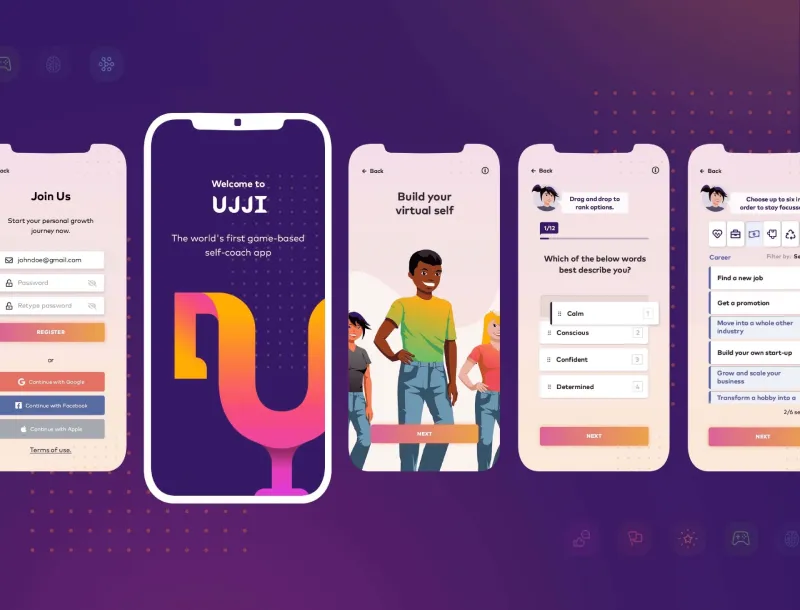Rise by Six: Your Daily Dose of Inspiration
Explore insights and stories that elevate your day.
Why Your App's Buttons Are Secretly Sabotaging User Experience
Unlock the hidden pitfalls of your app's buttons and discover how they may be sabotaging your user experience!
The Hidden Dangers of Poor Button Design: How to Keep Your Users Engaged
In the realm of web design, poor button design often goes unnoticed, yet it can significantly impact user engagement. Buttons that are difficult to find or confusing to interact with can lead to frustration, resulting in high bounce rates. Common issues include buttons that blend into the background, lack clear labeling, or have insufficient size for mobile users. To maintain user interest, it’s essential to prioritize button visibility and clarity. Consider using contrasting colors and recognizable shapes to make buttons stand out, enhancing the chances that users will engage with them.
Moreover, the functionality of buttons is just as important as their appearance. Buttons that don’t respond immediately or have unclear mechanics can create a negative user experience, deterring even the most interested visitors. Always test your buttons to ensure they provide immediate feedback when clicked, such as changing color or animating slightly. By addressing these common pitfalls of poor button design, you not only improve user experience but also foster a sense of trust and reliability that keeps users coming back to your site.

Are Your App's Buttons Driving Users Away? Common Mistakes to Avoid
In today's digital landscape, user experience is paramount, and app buttons play a critical role in guiding users through your application. However, many developers overlook common design mistakes that can inadvertently drive users away. For example, using ambiguous labels on buttons can create confusion, leaving users unsure of what to expect when they click. Instead, ensure that button labels are clear and descriptive, providing immediate insight into their function. A study showed that simple, straightforward terms like 'Buy Now' or 'Sign Up' are far more effective than vague alternatives.
Another prevalent issue is the size and placement of buttons within your app. If buttons are too small or positioned in hard-to-reach areas, users may become frustrated and abandon your app altogether. To enhance usability, consider following the thumb zone guidelines, which suggest placing frequently used buttons within easy reach of the user's thumb on mobile devices. Additionally, ensure that buttons have adequate contrast with their backgrounds for better visibility. By addressing these common mistakes, you can significantly improve your app's user experience and retain more users.
The Psychology of Button Placement: What Every Developer Needs to Know
The placement of buttons in web design isn't merely a matter of aesthetics; it significantly impacts user engagement and conversion rates. Understanding the psychology of button placement can empower developers to create interfaces that guide users intuitively, ensuring that critical actions are front and center. Research shows that users tend to focus on the upper left quadrant of a webpage first, making this a prime location for important calls to action. Consider utilizing the F-shaped pattern—a common way that users scan content—which highlights the importance of strategic button placement on your designs.
Moreover, color and size play crucial roles in the effectiveness of button placement. For instance, buttons that contrast with the background can draw attention more effectively. It's also essential to consider the emotional response buttons can evoke. A well-placed button accompanied by persuasive language can significantly increase click-through rates. To optimize this, developers should conduct A/B testing to determine which placements resonate best with their audience, allowing for data-driven decisions on button placement strategies.